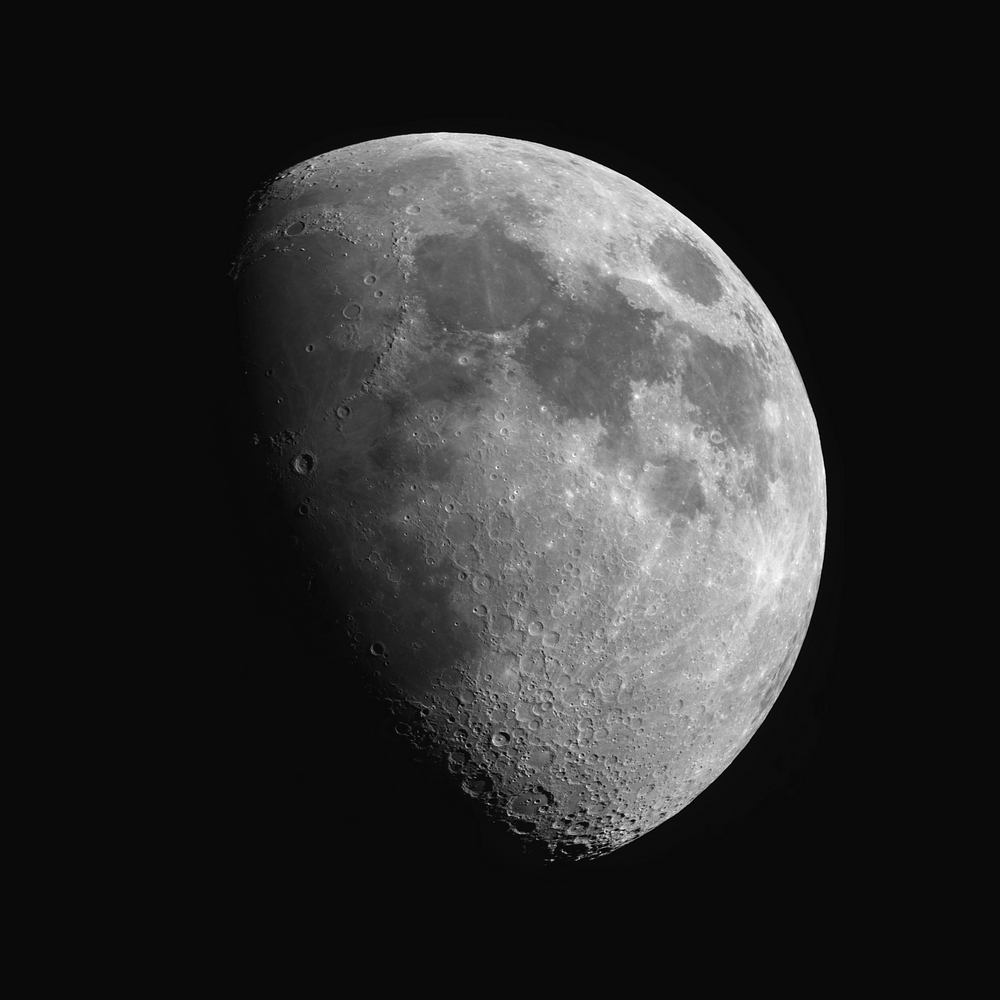Waiting till dark tried the Moon with the new 10" scope.
Best 35% of 142 images, 0.11 seconds.
Autostakkert, Registax, Photoshop
(It was still daylight at 8:30 pm.)
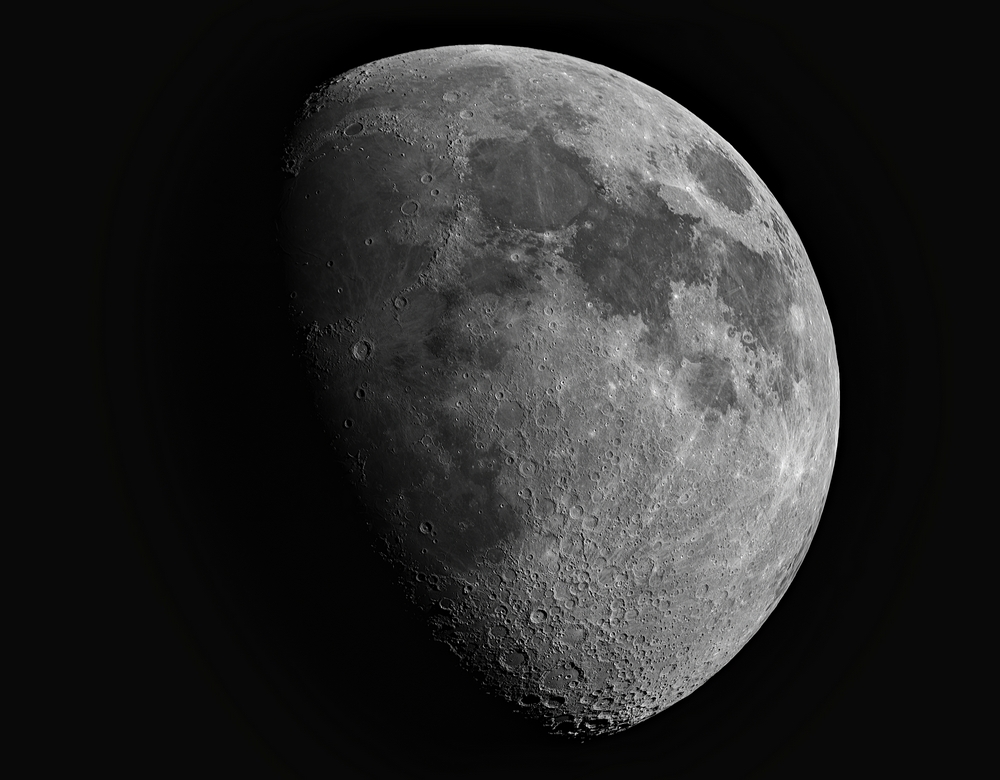
Crop to show finer detail:

May 4th
Best 25% of 48 images, 0.11 seconds.
Autostakkert, Registax, Photoshop
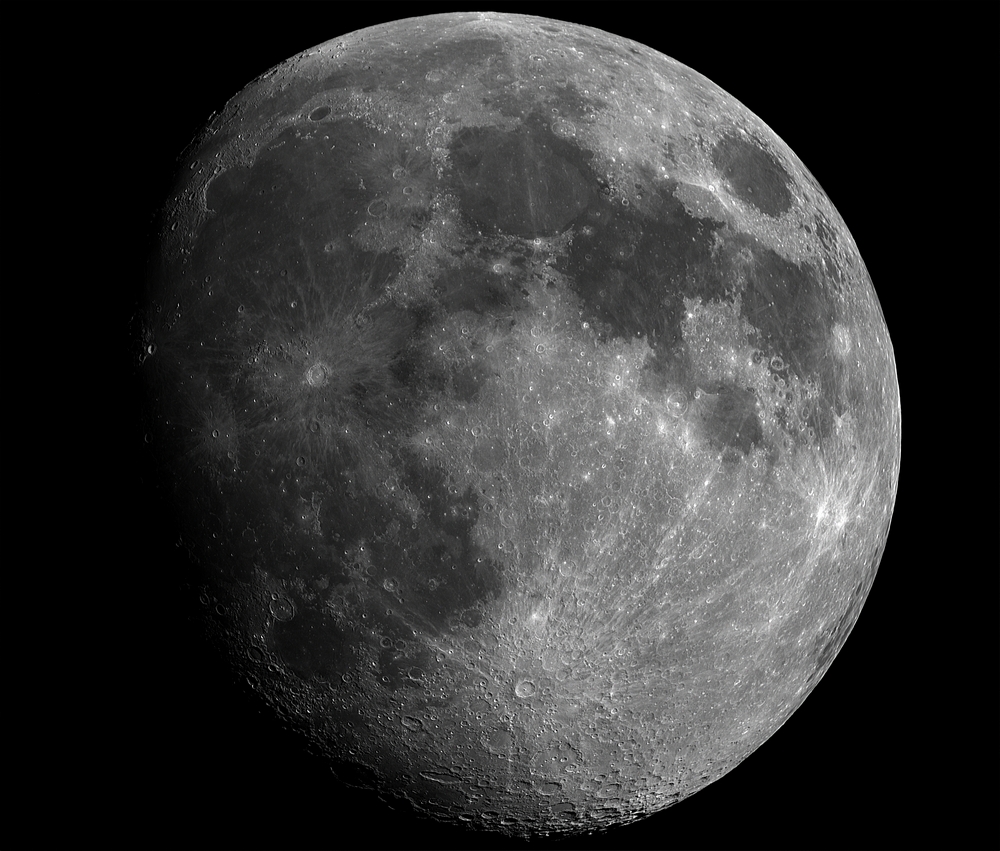
May 5th
Best 30% of 77 images, 0.11 seconds.
Autostakkert, Registax, Photoshop

ngc4013
4 x 600 seconds in Luminance
Bad gradient from bright Moon stopped more images being taken.

May 6th
Best 30% of 89 images, 0.11 seconds.
Autostakkert, Registax, Photoshop
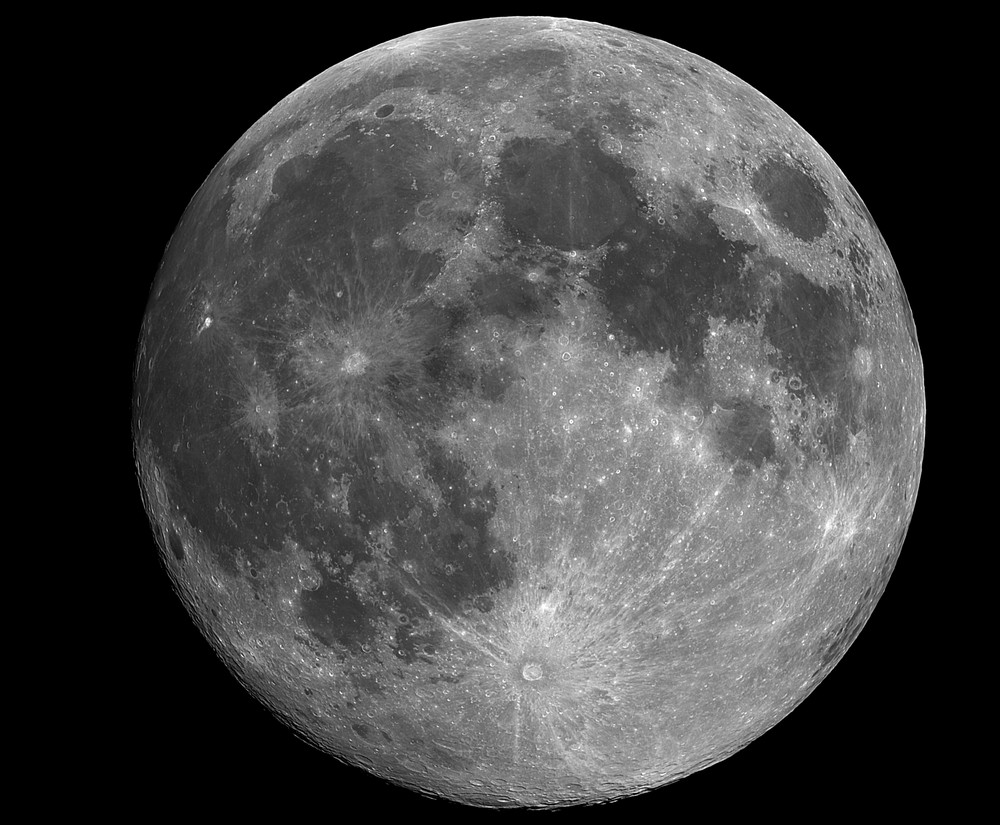
May 8th
Clouds last night stopped any hope of a shot of the recent supernova in M61.
This was taken remotely from Siding Spring, Australia.
3 x 300 seconds using scope T30, a Planewave CDK510mm
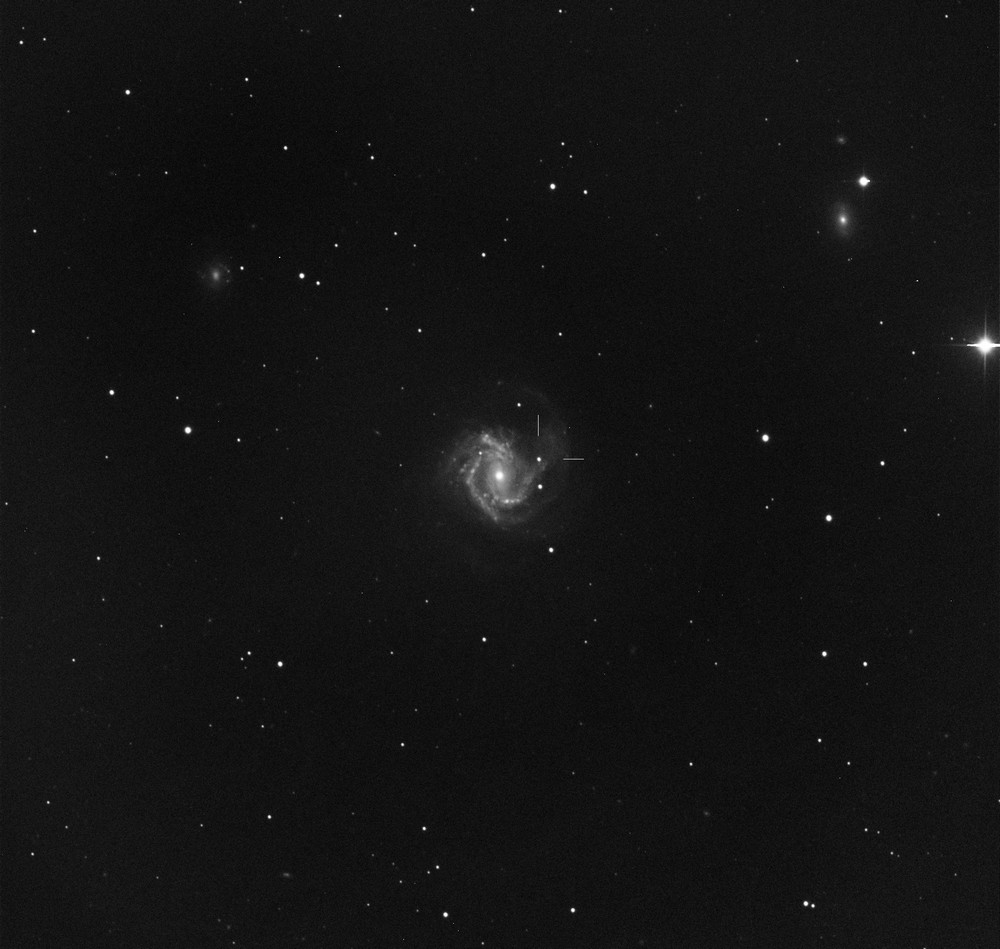
11th May
Supernova in M61 with my own equipment:
8 x 600 seconds
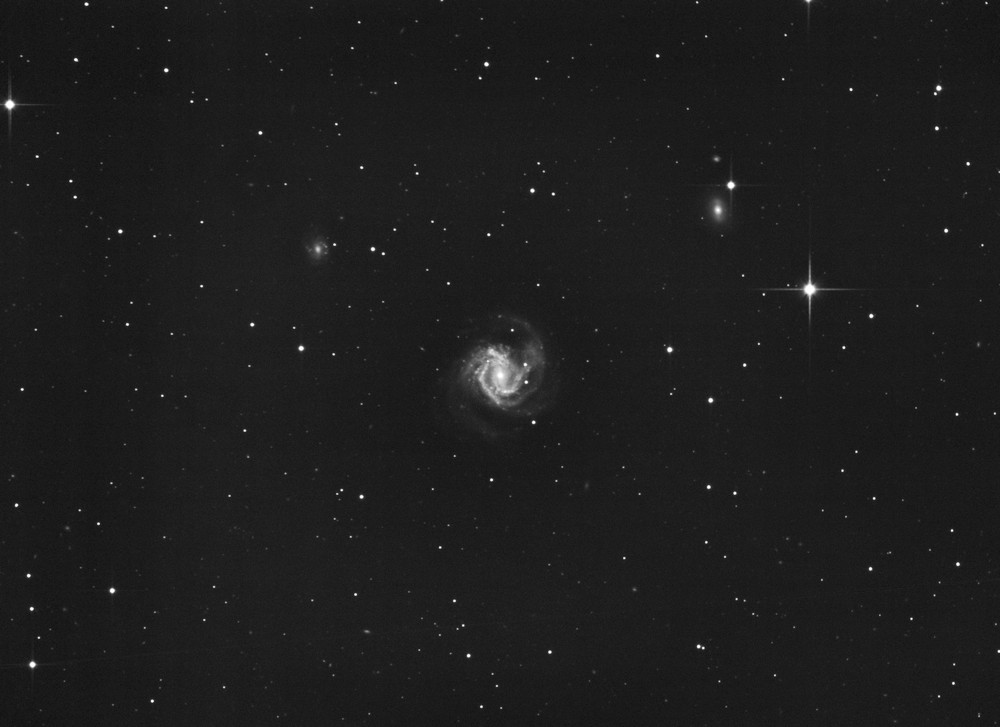
Supernova now at mag 13.9

It looks like the scope can get down to magnitude 20.0.
This is a full magnitude better than the 8" scope,

21st May
ngc3628
The third member of the Leo Triplet:
5 x 600 seconds
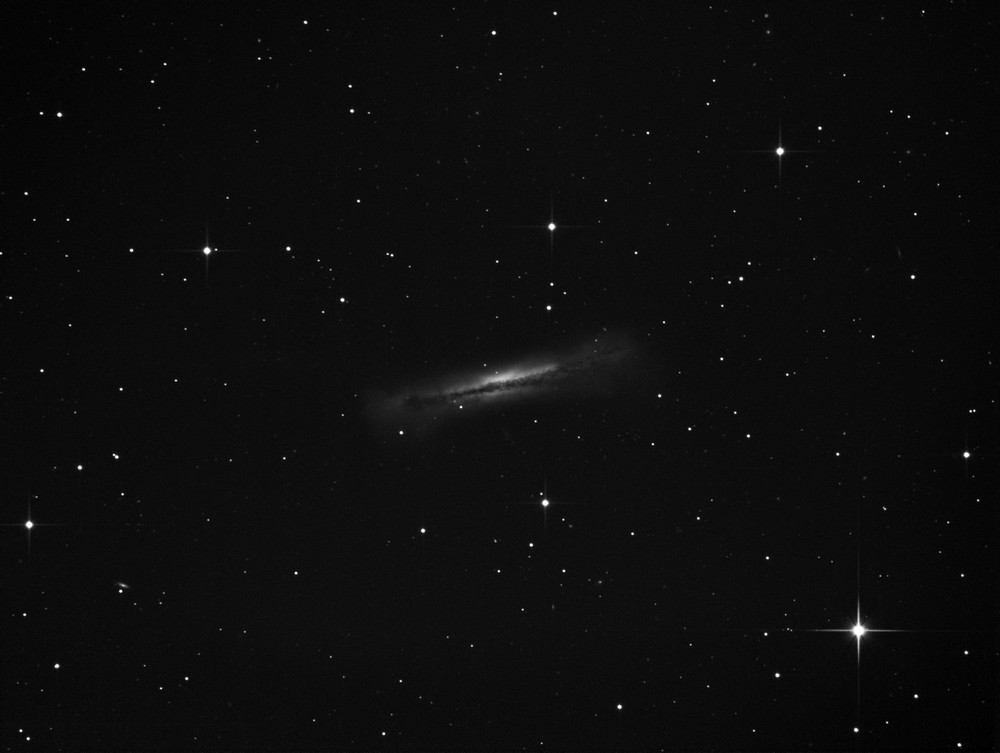
24th May
Globular cluster ngc 5466
4 x 600 seconds
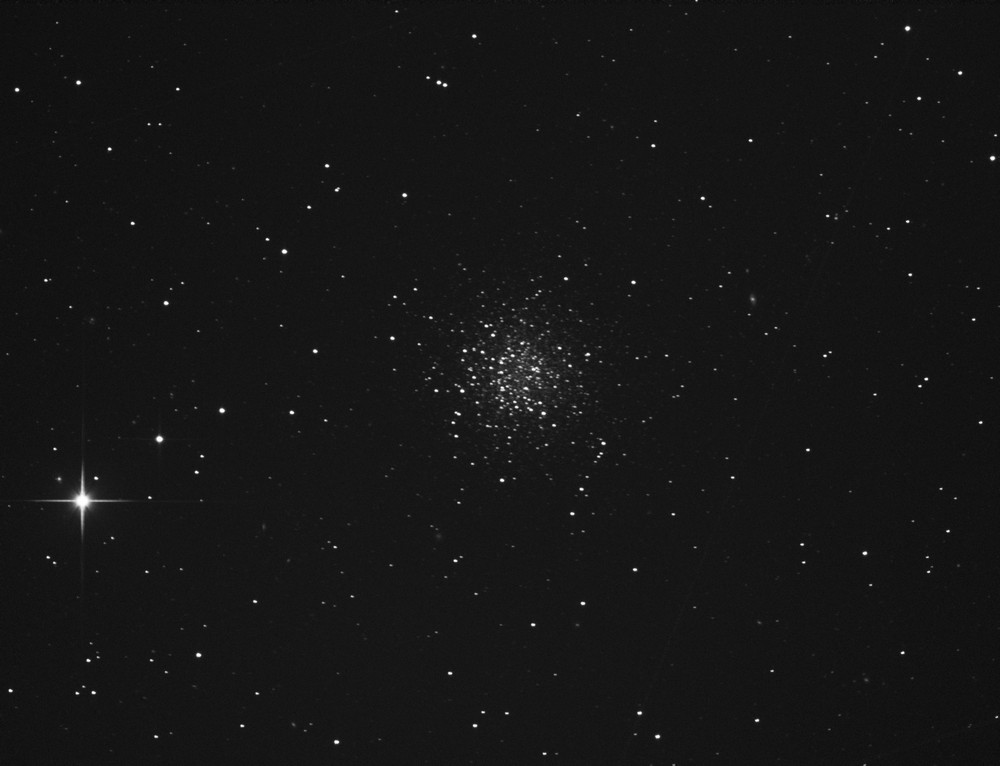
26th May
Very clear sky, SQM read 20.08 which is the third darkest reading from my site since 2011.
Globular cluster M13
12 x 600 seconds in L.
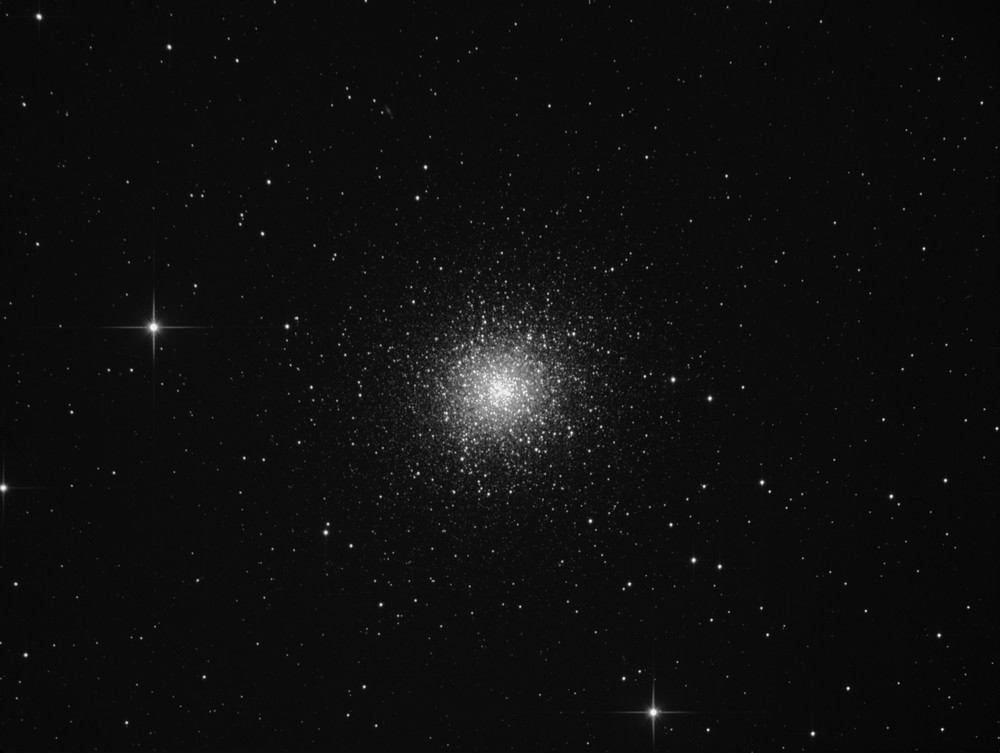
27th May
Moon. Best 30% of 114 images.

28th May
Moon. Best 30% of 59 images.
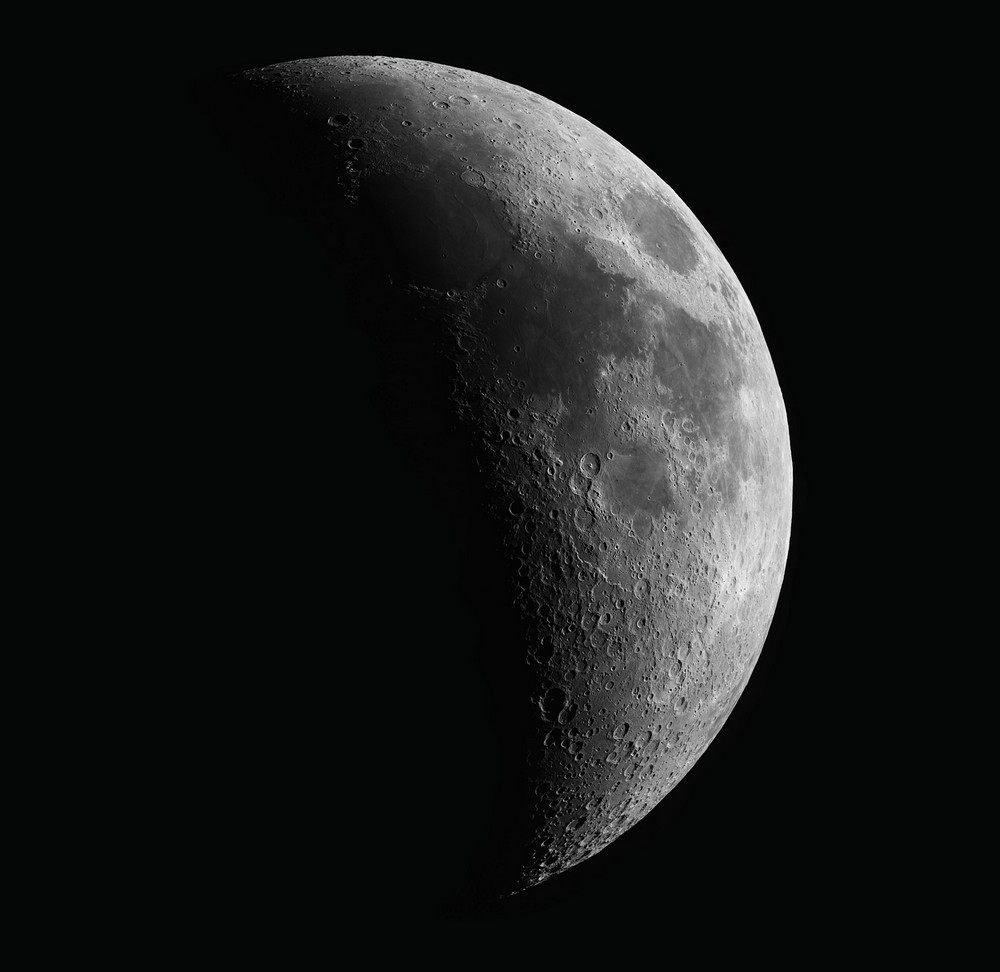
Cropped version - numerous small craters visible
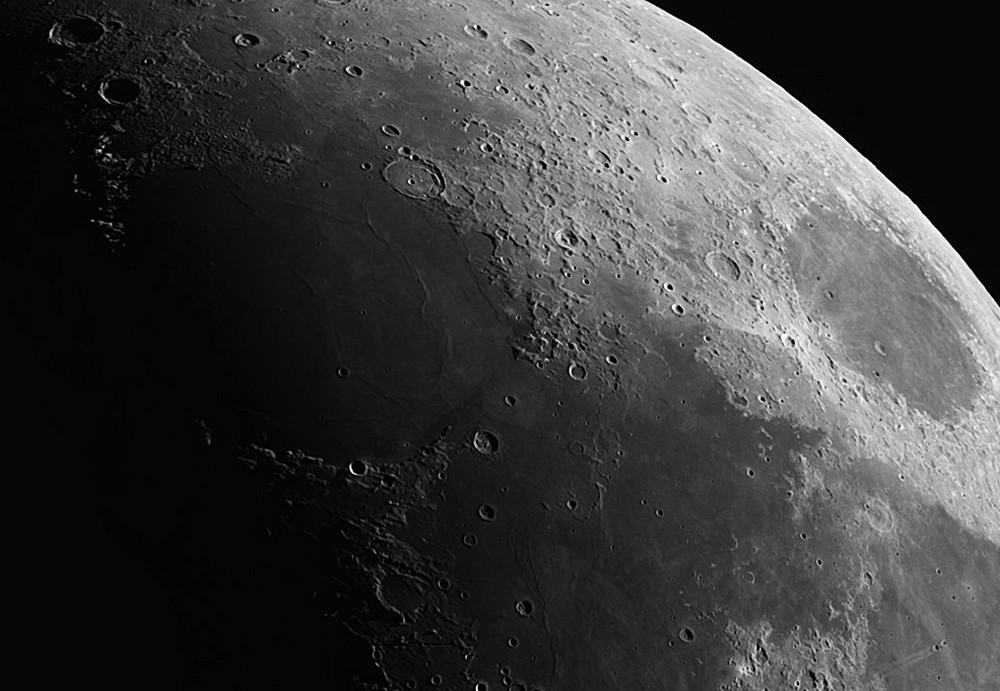
29th May
Moon. Best 30% of 68 images.
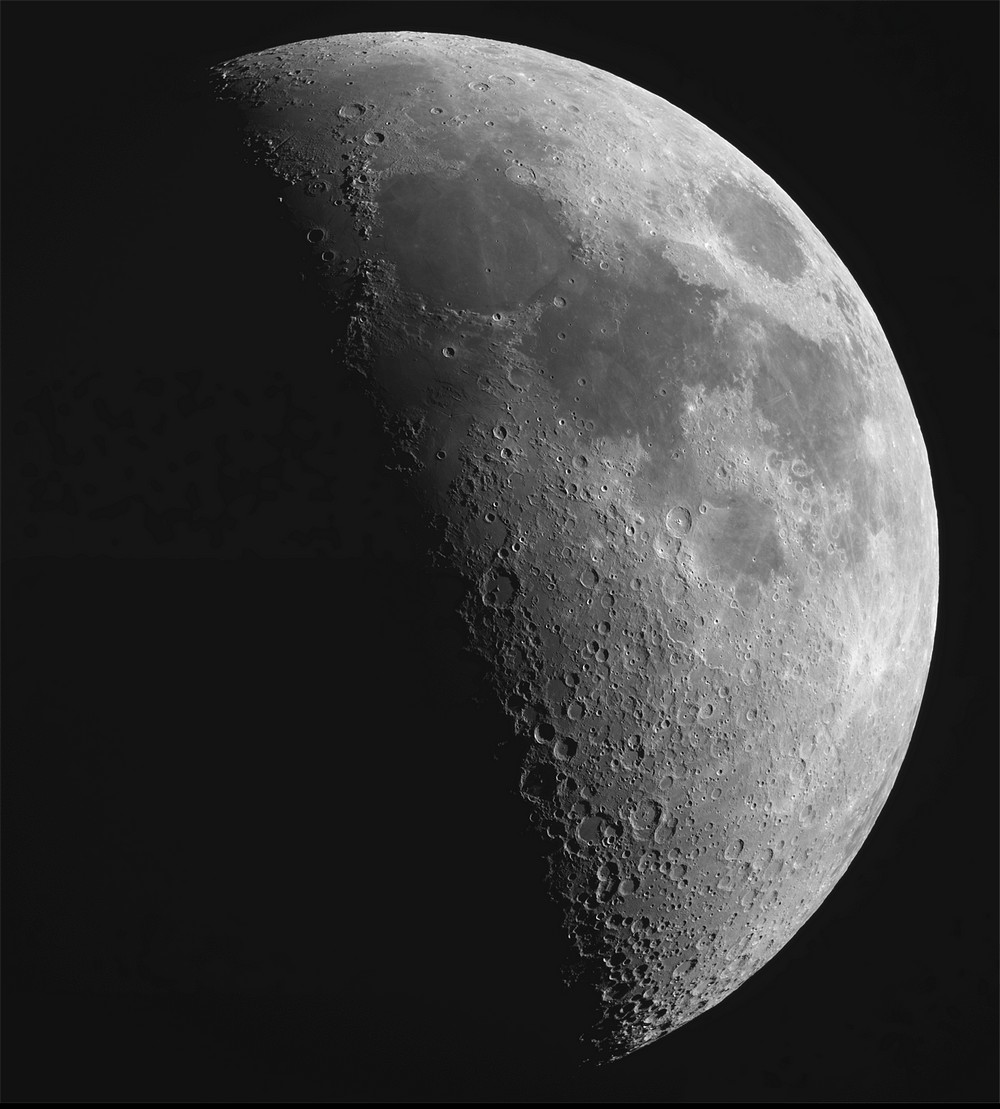
30th May
Moon. Best 30% of 40 images.
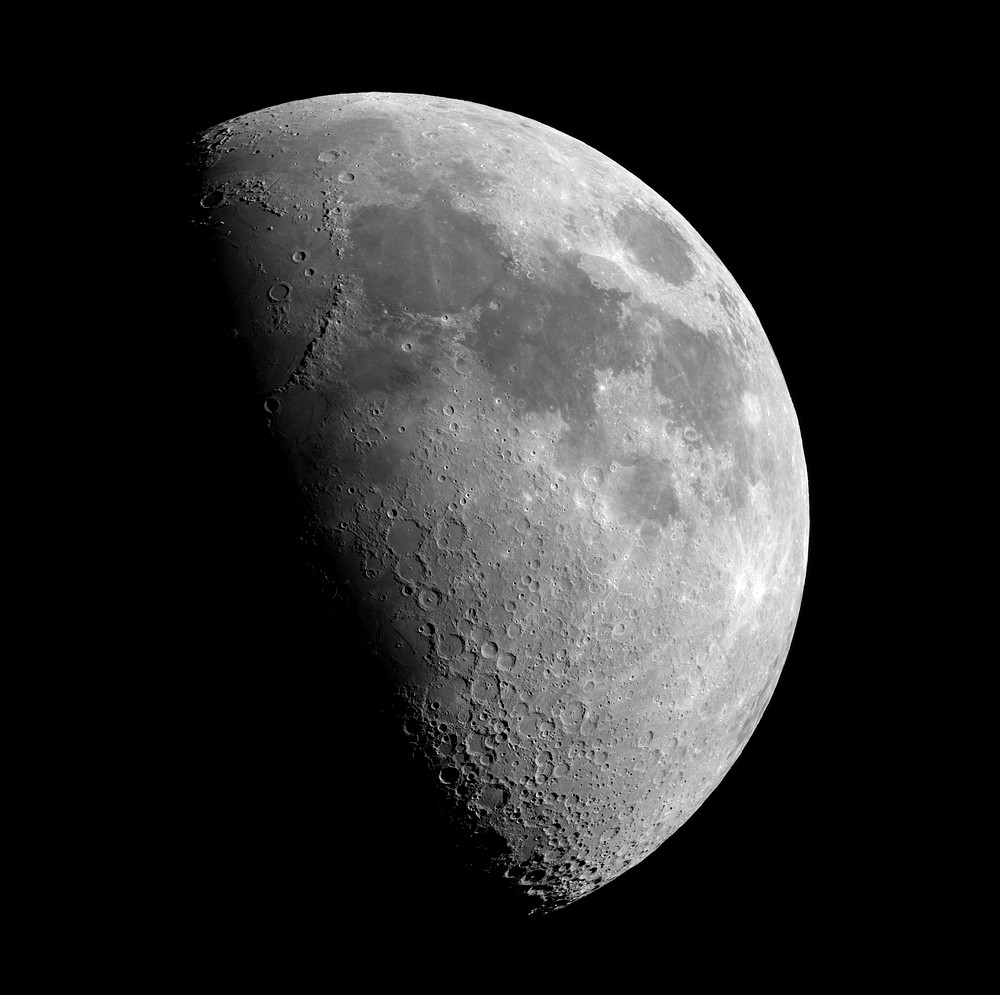
A very distant object
Very bear the centre of this image are two tiny dots.
The galaxy near the lower edge is NGC 3079.
The two dots are actually one single object, quasar QSO 0957+561, gravitationally lensed to form two images.
There is a nearer galaxy at 3.7 billion ly that caused the lensing.
QSO 0957+561 is at a whopping 8.7 billion light years, which makes it the furthest onject I have knowingly imaged.
A cropped version below the widefield helps show the 'twinned quasar'.
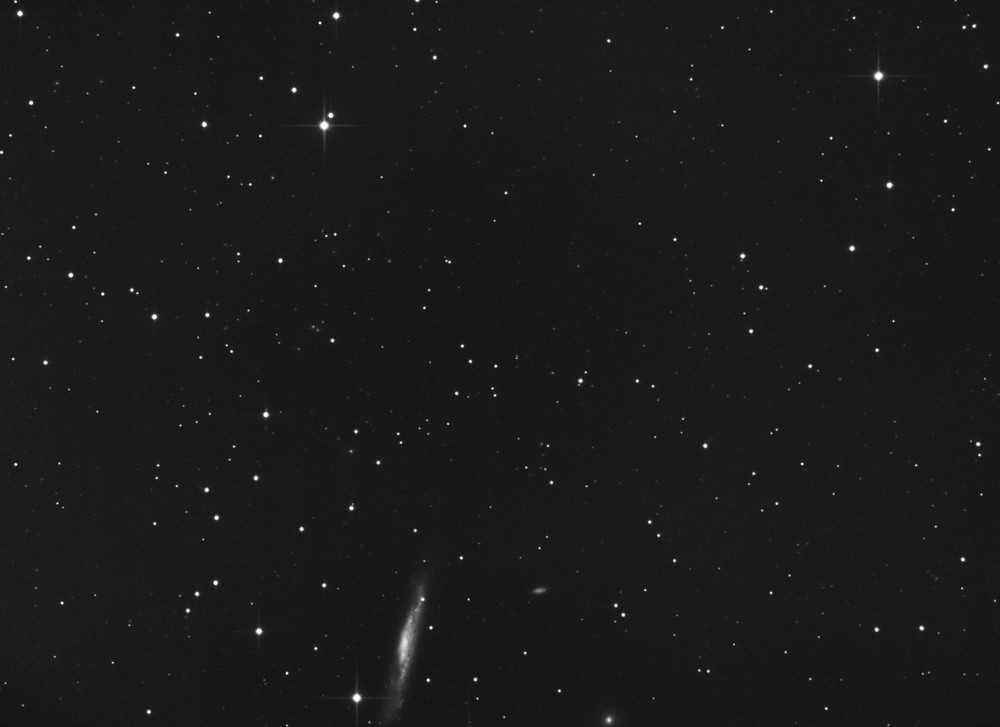
Cropped image:

31st May
Moon. Best 30% of 64 images.
